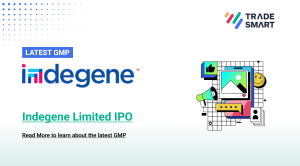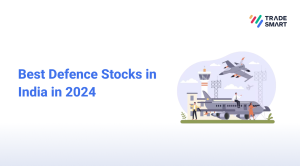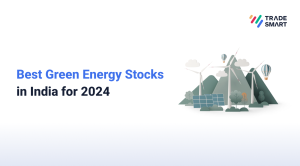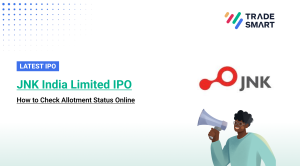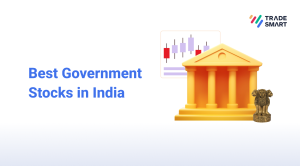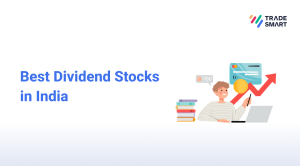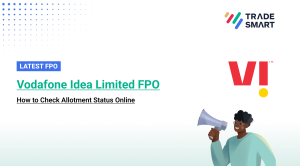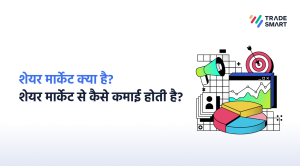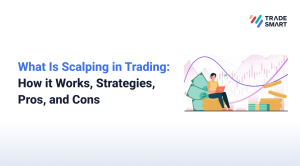
What Is Spot Price?
Also known as cash price, a spot price is the current market value of an asset (currency, commodity, or security) available for immediate delivery. In simpler terms, it’s the price you’d pay or receive right now for instant ownership. These prices are compatible across all major markets for the same asset and adjusted according to variations in currency. Spot prices are typically in flux because they depend on market demand and supply, and serve as a baseline for future prices.
Why Is a Spot Price Called So?
The rationale behind ‘spot price’ is to emphasise the direct and immediate nature of the transaction. When you agree on a spot price, there is an instant exchange of the price (often cash) and the asset/commodity then and there, thereby ensuring a swift and seamless transaction. The question of credit or deferred payments doesn’t arise at all. This type of settlement, referred to as “spot”, sets it apart from alternative pricing methods that may include instalment payments or postponed transactions.
How Does Spot Price Work? An Example
Understanding spot price is essential for trading, conducting business, and currency exchange. Let’s take an example. Crude oil is necessary for Indian businesses to cater to various energy needs. The spot price of crude oil is a crucial indicator of the present cost per barrel for prompt delivery.
This price directly impacts the expenditure of immediate oil purchases, as companies importing oil from abroad will base their decisions on this influential figure. Simply put, a spot price of $77.47 per barrel implies that Indian enterprises will consider this price point when making immediate crude oil acquisitions.
Here are some more insights into spot pricing:
- Variable Factors: Geopolitical events, economic indicators, supply-demand dynamics, current market sentiment, and asset characteristics determine the spot price.
- Price Discovery: Spot prices help lay the foundation for future prices and serve as a reference point for derivatives, futures contracts, and other financial instruments. This is an essential tool in price discovery mechanisms.
- Influence on Trading and Investments: Spot prices serve as crucial factors in the decision-making processes of investors, traders, and businesses. These key players rely on spot prices to evaluate investment opportunities, determine asset worth, mitigate against potential price fluctuations, and keep tabs on real-time market movements.
- Continuous Fluctuations: Spot prices mirror the ongoing market state. They are sensitive to change and fluctuate throughout the trading day based on market activity, new information, and supply-demand shifts.
How Are Spot Price and Future Price Related?
The following table can serve as a useful guide for understanding the relationship between the spot price and future price:
| Feature | Spot Price | Future Price |
| Definition | Real-time price (current price) for immediate purchase or sale of an asset. | Agreed-upon price for an asset to be bought/sold later. |
| Timing | It is the value of an asset/commodity/currency at the present moment. | It is an agreed price for future purchase or delivery. |
| Closure | The exchange of goods or assets for cash is immediate. | A future date is set in the contract for the settlement to happen. |
| Influencing Factors | Influenced by:
|
Influenced by:
|
| Utility | Used for immediate transactions and valuations. | Essential for managing future price risks and investment strategies. |
| Impact on Trading | Immediate purchase decisions in markets may be affected. | Aids traders speculate on future asset prices and managing risk. |
| Pricing Expectation | Serves as the foundation for predicting future price levels. | Indicates projected values that take time and other variables into account. |
| Correlation | Future prices may converge with the spot price at contract expiration. | It may fluctuate concerning spot price changes and market sentiments. |
A contango arises when future prices exceed the spot price, while backwardation occurs when immediate needs outweigh future predictions. The practice of arbitrage, which involves taking advantage of varying prices across multiple markets, allows traders to buy low and sell high, resulting in a gain. These fundamental ideas help traders forecast market patterns and pinpoint potential profit-making opportunities.
Are Spot Rate and Spot Price the Same?
Although the two terms sound very similar, there is a subtle difference between spot price and spot rate. Where the spot price includes the current market price for assets, commodities, stocks, and currencies, the current exchange rate for immediate currency conversion in the foreign exchange (forex) market is known as the spot rate.
This rate is used in currency trading and reflects the prevailing rate at which one currency can be exchanged for another at the present moment. For instance, if the spot rate for USD/INR is 83 – this means that right now, one US dollar can be instantly converted into ₹83 in the forex market.
Spot Price in Commodity Market and Currency Market
Spot prices play a major role in determining the current worth of vital commodities such as precious metals, energy resources, and agricultural products in the commodity market. Similarly, within the currency market, spot prices manifest as the current exchange rates between different currencies, thereby defining the value of one currency with another. These rates drive international trade, investments, and economic stability, forming the cornerstone of global financial interactions.
| Feature | Commodity Market Spot Price | Currency Market Spot Price |
| Definition | Current market price of goods (e.g., oil, gold) for immediate purchase or delivery. | Current exchange rate for direct currency conversion or foreign exchange transactions. |
| Asset Type | Physical goods or raw materials (e.g., agricultural products, metals). | Currencies representing the value of one currency in terms of another. |
| Market Characteristics | Experience variation due to:
|
Prices can fluctuate due to:
|
| Use in Trading | Important for industries relying on commodities for hedging, pricing, and decision-making in the agriculture, energy, and manufacturing sectors. | Crucial for international trade, finance, and investments; importers-export, and investors in forex markets. |
| Price Stability | Highly volatile | Relatively stable |
| Derivatives Impact | Derivatives like futures contracts are used to hedge against price fluctuations and manage risk for commodity producers and buyers. | Derivatives such as options, forwards, and futures help global businesses and investors manage currency risk. |
The Importance of Spot Price for Investors
Having a deep understanding of spot prices comes in handy in a variety of situations. Spot price plays a significant role in:
- Analysing market trends and making investment choices.
- Valuing assets and determining fair market values.
- Conducting risk assessments.
- Devising strategies to mitigate complications arising out of price fluctuations.
Conclusion
Spot prices play a vital role in currency and commodity markets. It serves as a real-time indicator of immediate market values, thereby setting the grounds for making crucial financial decisions, shaping global trade, directing investments, devising risk management tactics, and conducting worldwide economic assessments.
FAQ
Q. Who determines the spot price?
The spot price is typically driven by supply and demand dynamics. The spot price is the meeting point between the highest bid and the lowest ask. Buyers and sellers negotiate prices based on current market conditions to agree on a common point.
Q. How do you calculate the spot price?
Determining the spot price is based on observations rather than calculations. Supply, demand, interest rates, storage costs, and asset characteristics are instrumental in agreeing on a set price.
Q. Is the spot price higher than the future price?
The spot price is a reflection of the current market outlook, whereas the future price is an anticipation of what it could potentially be at a later time. This projection considers factors such as inflation, interest rates, and anticipated changes in supply and demand. The spot and futures prices may align or differ depending on these estimations.
Q. Is spot trading safe?
Though not inherently unsafe, spot trading can be slightly risky due to market fluctuations. It takes proper research, meticulous planning, and a thorough understanding of market dynamics to make it safer.
Q. Where to start trading?
You can start by opening trading accounts with reputed platforms or brokers. The best way to start is by educating yourself, researching different assets, and setting up a demo account to practice with small amounts to gain more confidence.


